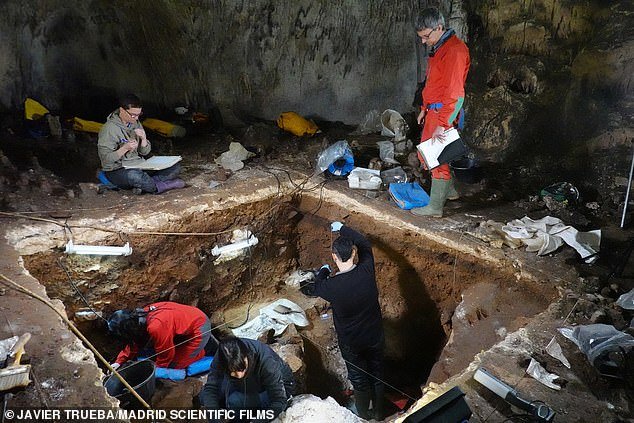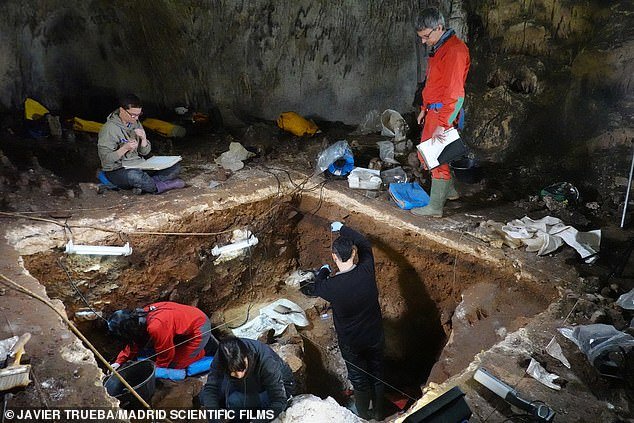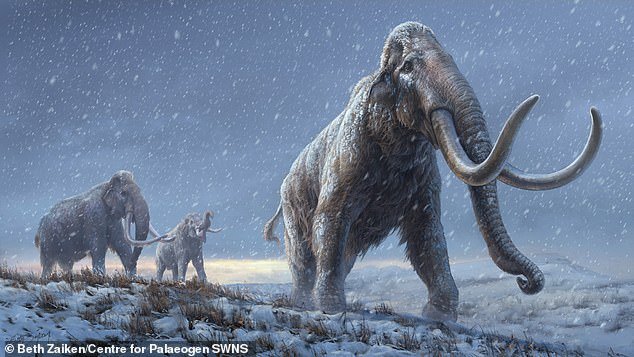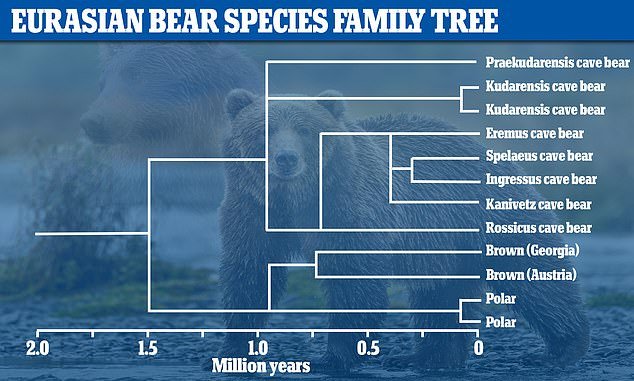Traces of Neanderthal DNA extracted from cave dust
Small amounts of Neanderthal DNA discovered in the dust of Spanish and Russian caves could give researchers new insight into how our early ancestors lived. The 100,000-year-old discoveries were made in three different spots: the Galeria de las Estatuas cave site in Burgos, Spain and the Chagyrskaya and Denisova caves in the Altai Mountain range … Read more



